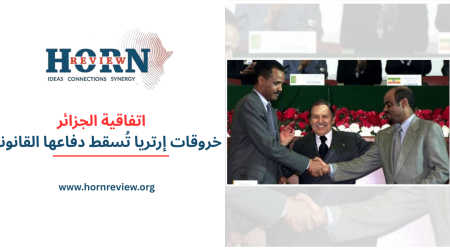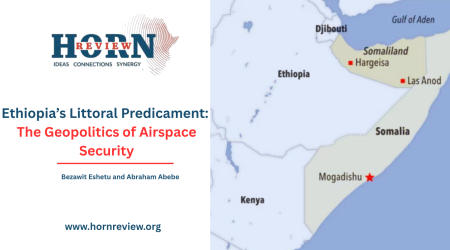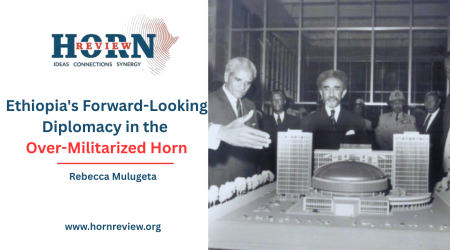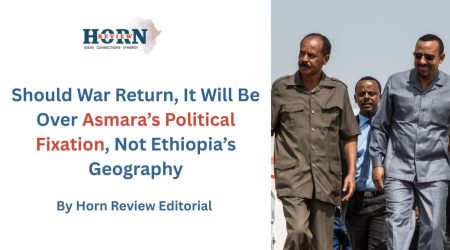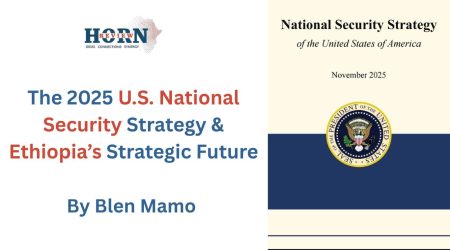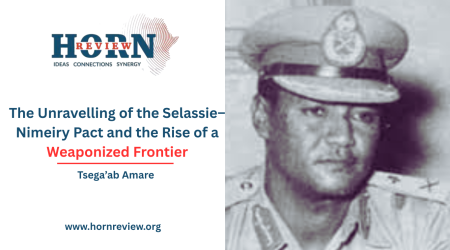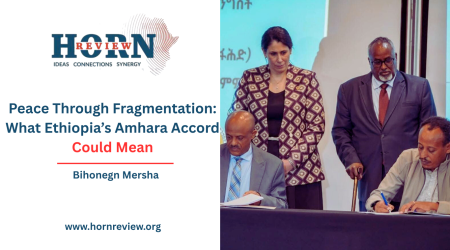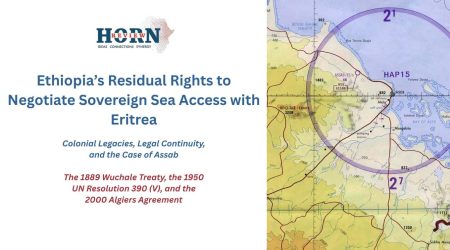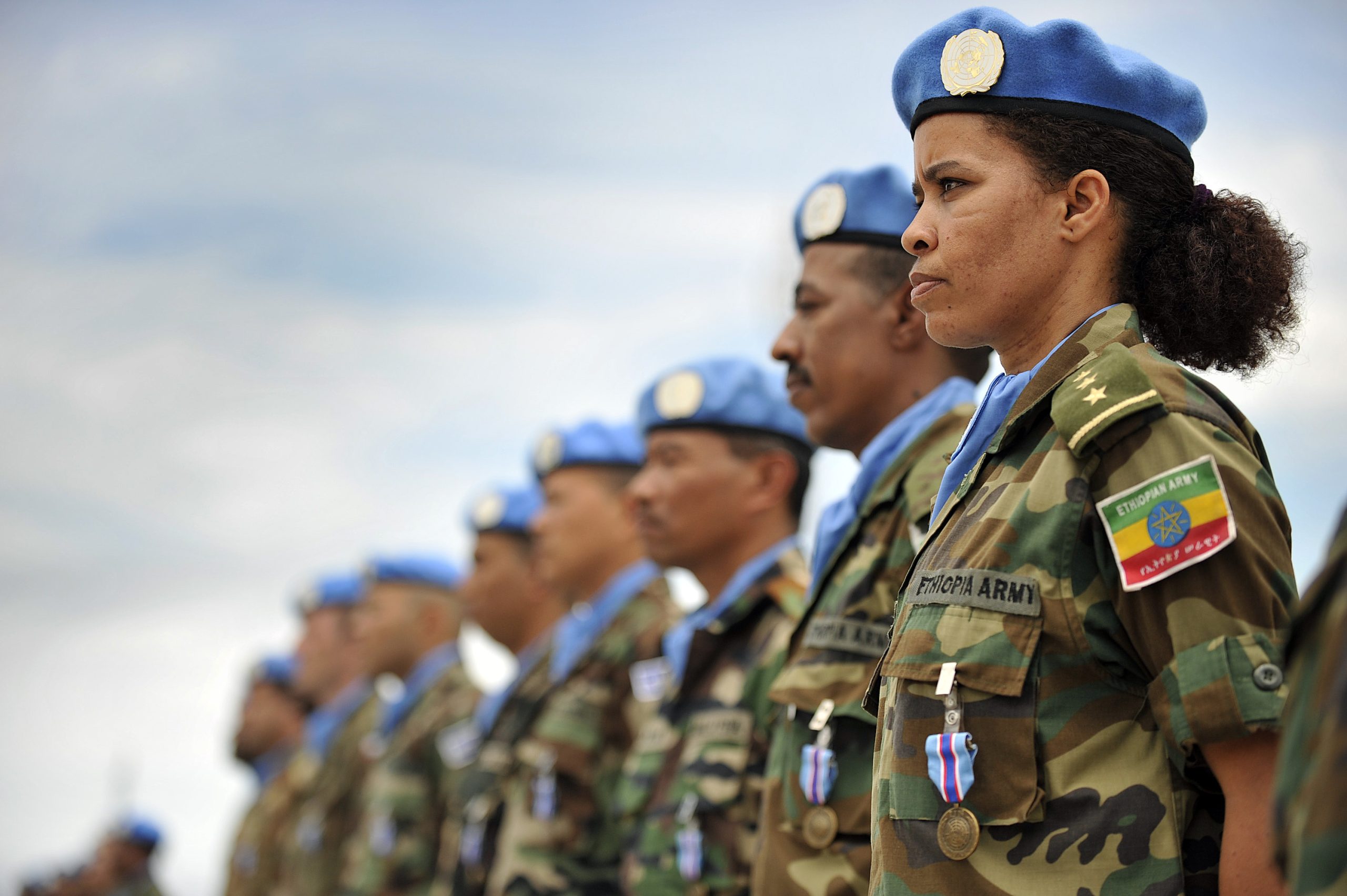
28
Jan
Strategic Objectives & Outcomes of Ethiopia’s Military and Peacekeeping Operations in Somalia (1991 – Present)
Ethiopia’s military operations in Somalia have been shaped by security concerns, regional rivalries, and economic interests. Initially, Ethiopia intervened to counter extremist threats, protect its borders, and stabilize the region. Over time, its role evolved from unilateral interventions to multilateral peacekeeping efforts.
In the 1990s, Ethiopia faced threats from the extremist group Al-Itihaad Al-Islamiya (AIAI), which launched attacks in Ethiopia’s Somali Regional State. In response, Ethiopia carried out military incursions into Somalia, weakening AIAI’s infrastructure. However, by the mid-2000s, Ethiopia confronted a more significant threat: Al-Shabaab. A radical group that emerged from the Islamic Courts Union (ICU), Al-Shabaab’s ideology and territorial ambitions posed a direct challenge to Ethiopia. In 2006, Ethiopia intervened militarily to remove the ICU and prevent Al-Shabaab from gaining a stronger foothold near its borders. The U.S. supported Ethiopia’s intervention as part of its broader War on Terror.
Ethiopia’s military strategy was also influenced by regional politics. Ethiopia supported Somalia’s Transitional Federal Government (TFG), which struggled to consolidate control. The intervention aimed to curb the influence of extremist groups and prevent Somalia from becoming a failed state. Ethiopia’s involvement was further driven by its rivalry with Eritrea, which was accused of supporting Somali insurgent groups to undermine Ethiopia’s regional influence.
Economic interests were another motivating factor. As a landlocked country, Ethiopia relies heavily on trade routes and ports for its economic stability. Somalia’s instability threatened vital trade corridors, including the Port of Berbera in Somaliland, which Ethiopia relies on for trade. By intervening militarily, Ethiopia sought to secure these economic lifelines.
In the 2010s, Ethiopia transitioned from unilateral military actions to multilateral peacekeeping efforts, joining the African Union Mission in Somalia (AMISOM). AMISOM, established in 2007 to stabilize Somalia, provided a platform for Ethiopia to work alongside other African nations while maintaining influence in Somali affairs. Ethiopia played a key role in recapturing territory from Al-Shabaab and supporting the Somali National Army (SNA).
Ethiopia’s military actions have significantly curtailed the influence of extremist groups. The 2006 intervention disrupted Al-Shabaab’s territorial control and limited its ability to launch large-scale operations. Ethiopia’s intelligence-sharing and border security operations also helped prevent Al-Shabaab from infiltrating Ethiopian territory.
Ethiopia has been pivotal in supporting the TFG and the broader state-building process in Somalia. Through military and logistical support, Ethiopia helped the TFG extend its authority in southern Somalia, complementing AMISOM’s peacekeeping efforts. Ethiopia’s involvement in diplomatic mediation also facilitated reconciliation between Somali factions, reinforcing its role as a stabilizing force.
Regionally, Ethiopia’s operations have enhanced stability in the Horn of Africa by preventing extremist groups from expanding into neighboring countries like Kenya and Djibouti. Ethiopia’s counterterrorism efforts have earned it recognition as a key regional security provider from international actors, including the U.S. and the European Union.
Ethiopia’s military operations in Somalia have reshaped the region’s security dynamics by addressing immediate threats and fostering long-term stability. Its military and diplomatic engagements have positioned Ethiopia as a central player in the geopolitics of the Horn of Africa.
By Surafel Tesfaye
Researcher at Horn Review

